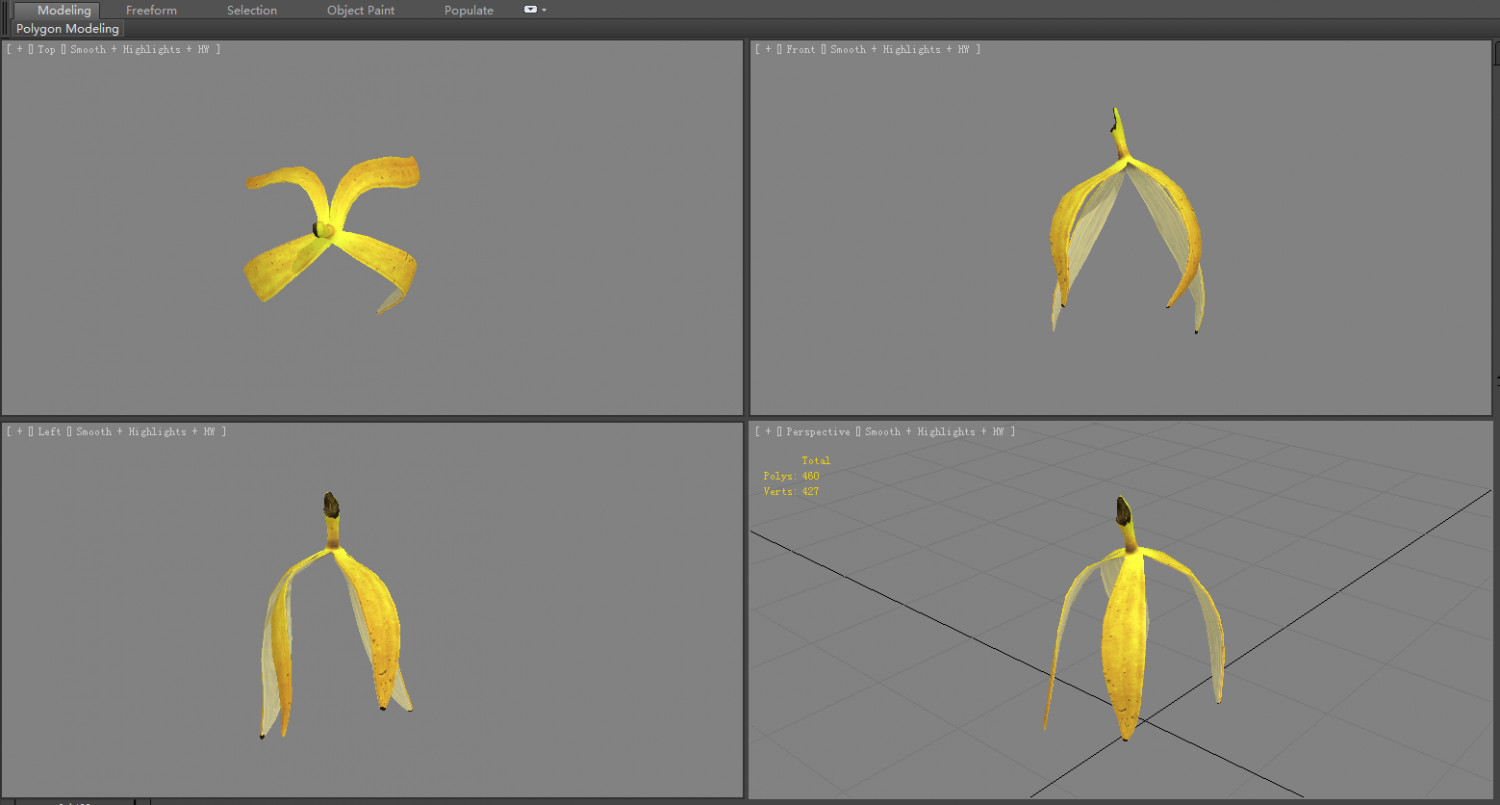Foods, Free Full-Text
Por um escritor misterioso
Descrição
In today’s era of increased food consumption, consumers have become more demanding in terms of safety and the quality of products they consume. As a result, food authorities are closely monitoring the food industry to ensure that products meet the required standards of quality. The analysis of food properties encompasses various aspects, including chemical and physical descriptions, sensory assessments, authenticity, traceability, processing, crop production, storage conditions, and microbial and contaminant levels. Traditionally, the analysis of food properties has relied on conventional analytical techniques. However, these methods often involve destructive processes, which are laborious, time-consuming, expensive, and environmentally harmful. In contrast, advanced spectroscopic techniques offer a promising alternative. Spectroscopic methods such as hyperspectral and multispectral imaging, NMR, Raman, IR, UV, visible, fluorescence, and X-ray-based methods provide rapid, non-destructive, cost-effective, and environmentally friendly means of food analysis. Nevertheless, interpreting spectroscopy data, whether in the form of signals (fingerprints) or images, can be complex without the assistance of statistical and innovative chemometric approaches. These approaches involve various steps such as pre-processing, exploratory analysis, variable selection, regression, classification, and data integration. They are essential for extracting relevant information and effectively handling the complexity of spectroscopic data. This review aims to address, discuss, and examine recent studies on advanced spectroscopic techniques and chemometric tools in the context of food product applications and analysis trends. Furthermore, it focuses on the practical aspects of spectral data handling, model construction, data interpretation, and the general utilization of statistical and chemometric methods for both qualitative and quantitative analysis. By exploring the advancements in spectroscopic techniques and their integration with chemometric tools, this review provides valuable insights into the potential applications and future directions of these analytical approaches in the food industry. It emphasizes the importance of efficient data handling, model development, and practical implementation of statistical and chemometric methods in the field of food analysis.
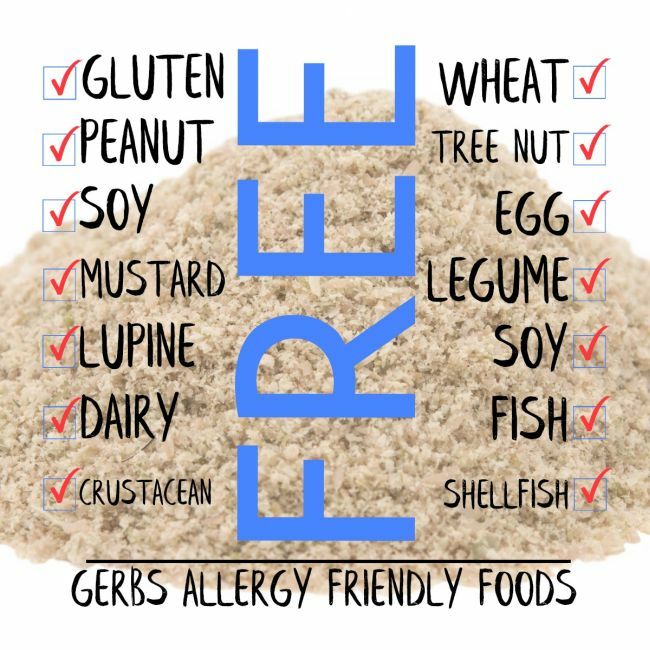
Super 5 Seed Meal - Allergy Friendly Foods - Gerbs

21 Day Fix Meal Plan Vol. 6 {All Meals, All Brackets

MCS Meals Massena Central School District
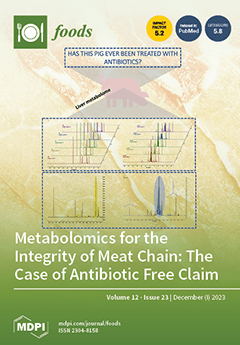
Foods December-1 2023 - Browse Articles

P.D.F Download] Essentials of Food Science (Food Science Text
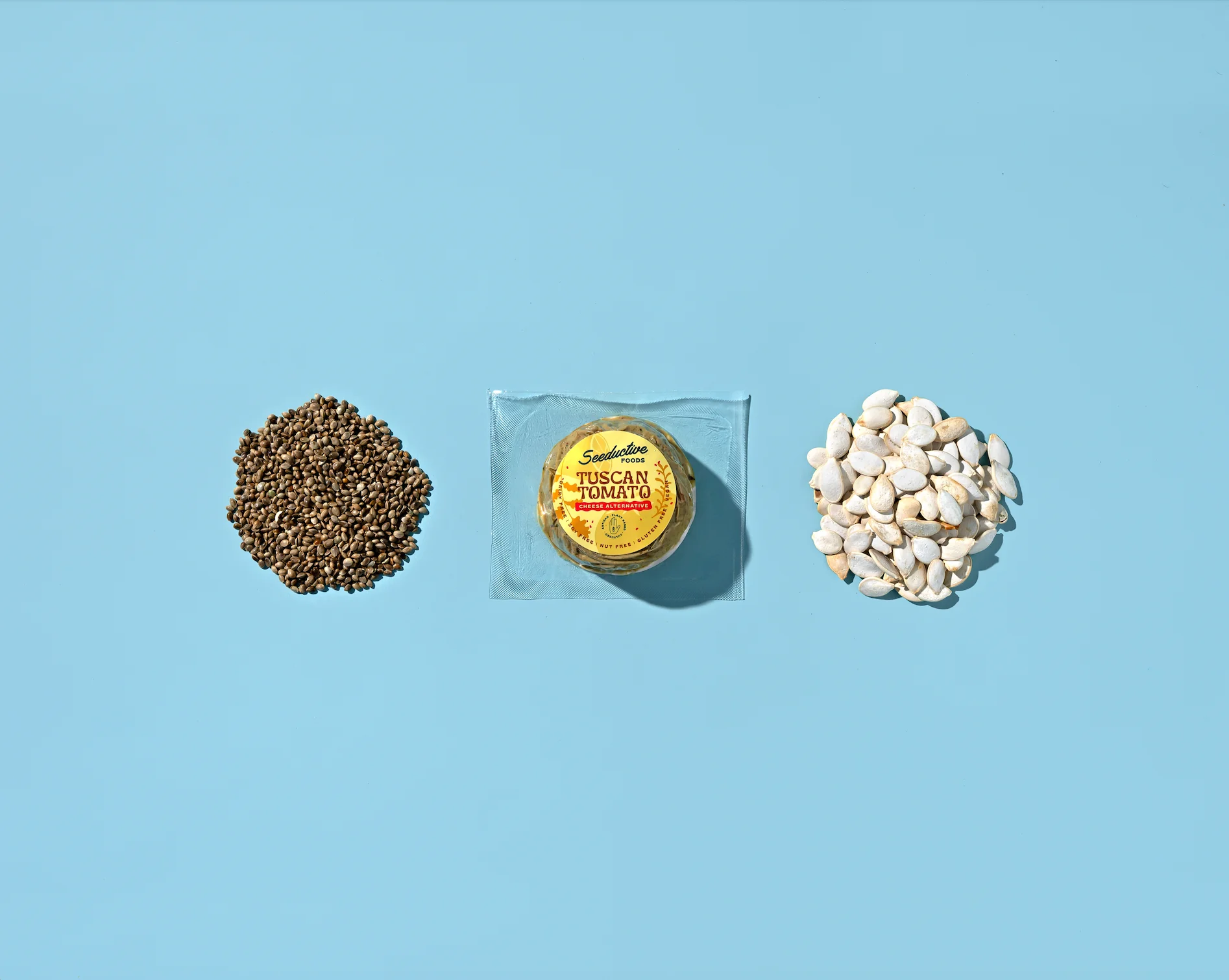
Our Products
This free download features 15 full color vector icons covering different food groups from fruit and veg, to meat and potatoes, fast food and of
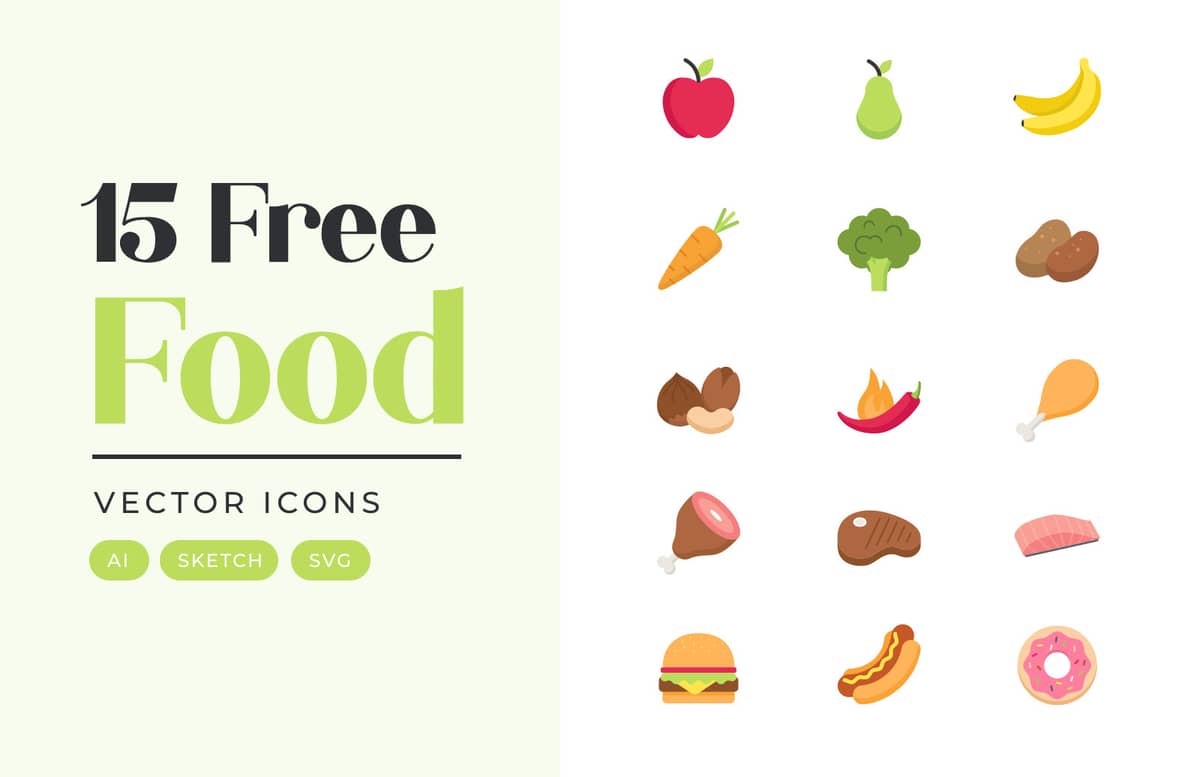
Free Vector Food Icons

Consumers' growing appetite for natural foods: Perceptions towards

Flat lay view at kitchen table full with non-perishable foods

Ingredients For Good - We Don't Waste
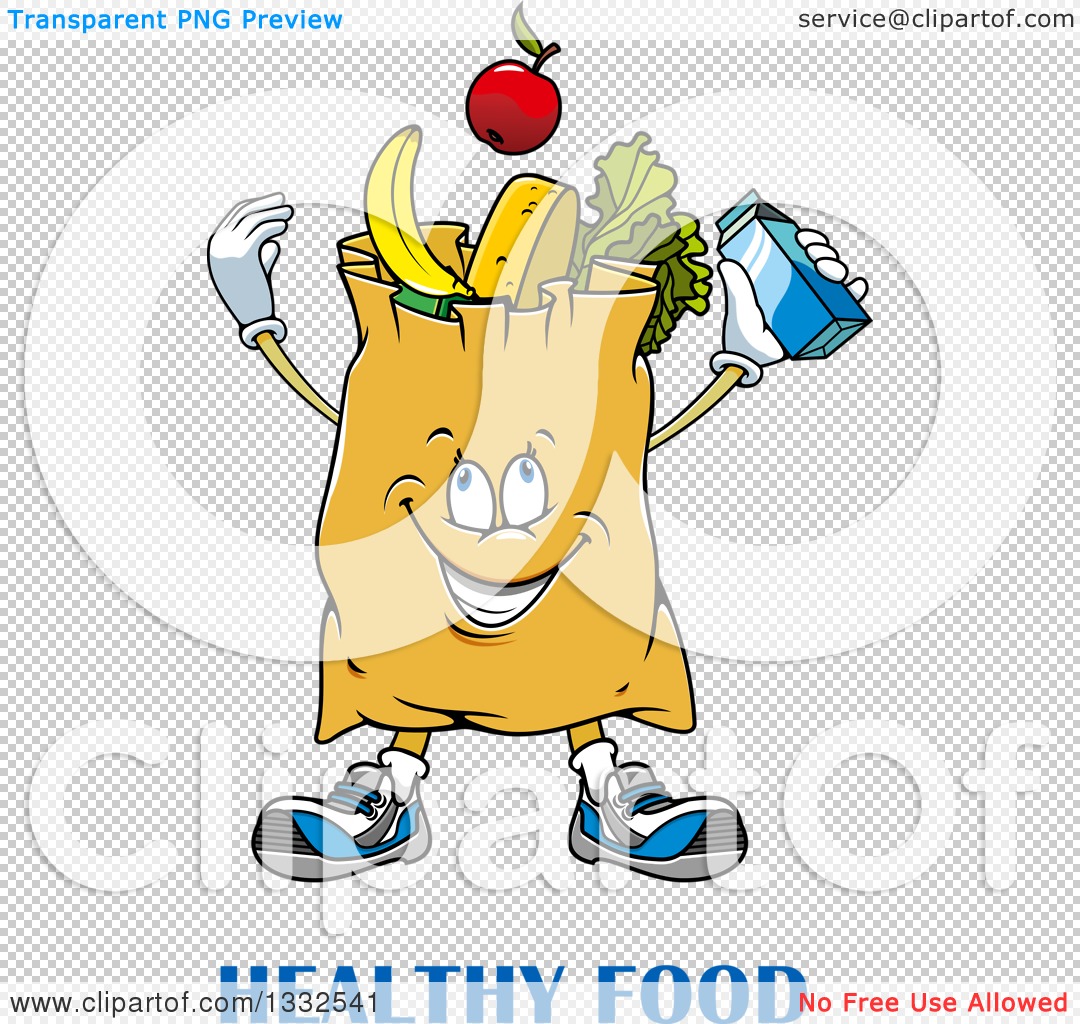
Clipart of a Cartoon Paper Grocery Bag Character Full of Foods
Food Service / Free/Reduced Meals & Applications
This taste testing exploration chart helps children to engage with their food., Children who are picky eaters can benefit from food exploration to

Food Exploration Chart - No Text

Freedom Foods Gluten Free All Around Cereal, Original, 8.8 Oz
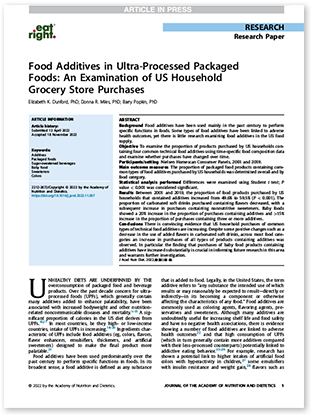
Over half of foods and beverages purchased by Americans contain
de
por adulto (o preço varia de acordo com o tamanho do grupo)


